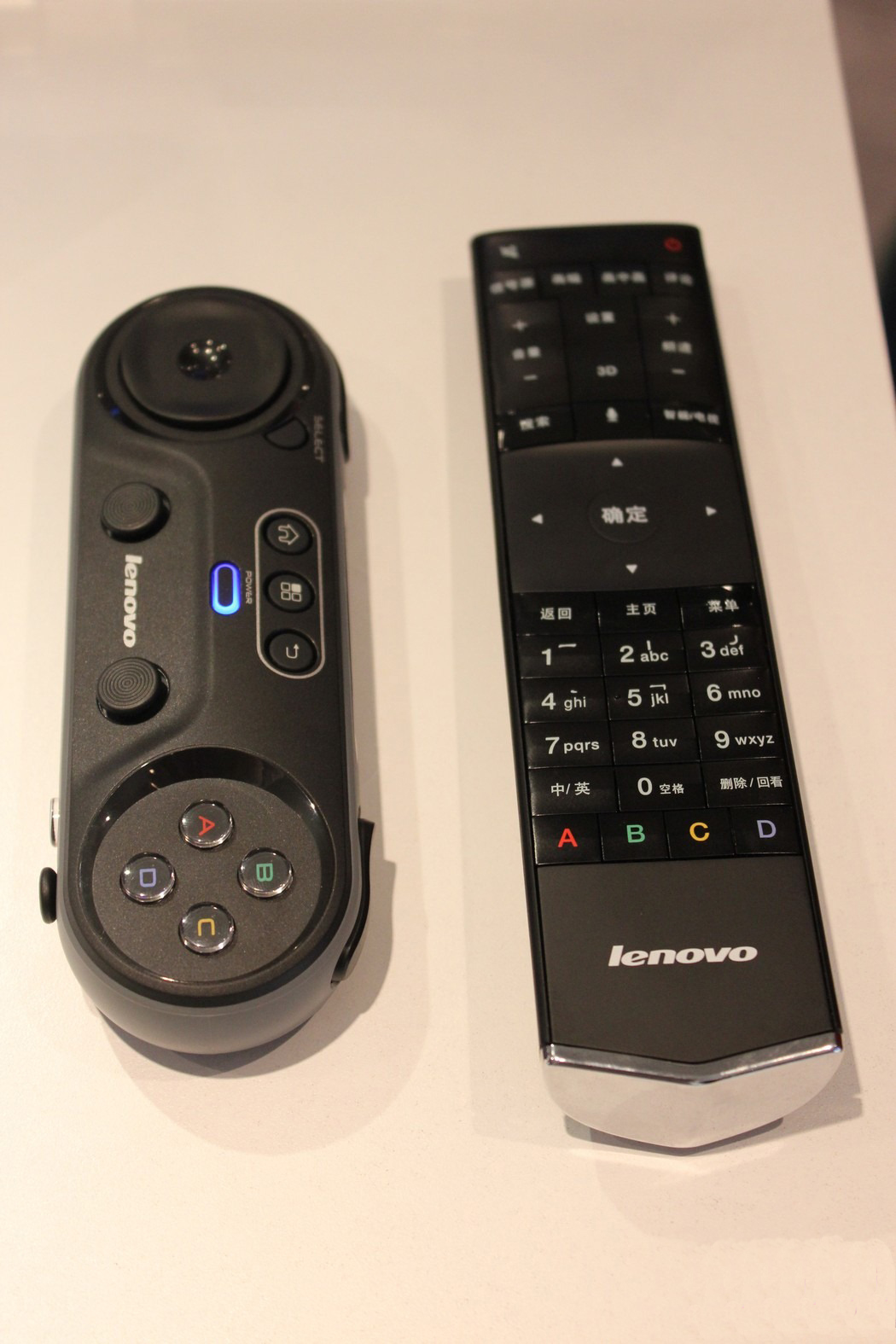

Starting with the next startup sequence, the change will prevent Lenovo System Update from running on a schedule and leave UNCServer.exe running in the background.Once this change is enforced, restart your computer.When you see it, right-click on it and choose Disable from the context menu to disable the task altogether.Next, move over to the right-hand pane menu and scroll down through the list of tasks until you locate TVSUUpdateTask.Once you’re inside Task Scheduler, expand the vertical menu on the right ( Task Scheduler Library) and select TVT from the sub-menu.Type taskschd.msc in the Run to open Task Scheduler Then, type “taskschd.msc” and press Enter to open up the Task Scheduler utility. Press Windows key + R to open up a Run dialog box.

If this method didn’t resolve the issue or you’re looking for a less destructive method of resolving this issue, move down to the next method below.Ī more elegant way to prevent UNCServer.exe from actively draining system resources is to disable the TVSUUpdateTask task under task manager. You should no longer see it inside the list of processes.

Once it’s complete, restart your computer. Follow the on-screen prompts to complete the uninstallation process.Once you see it, right-click on it and choose Uninstall from the context menu. Once you arrive inside the Programs and Features window, scroll through the list of applications and locate Lenovo System Update.Type appwiz.cpl and Press Enter to Open Installed Programs List Then, type “appwiz.cpl” and press Enter to open up the Programs and Features window.

If you’re prepared to go ahead with the uninstallation, here’s what you need to do: But this method is also the most destructive route since it will completely sever the means to self-update. The quickest way to do this is to simply uninstall the Lenovo System update application.


 0 kommentar(er)
0 kommentar(er)
